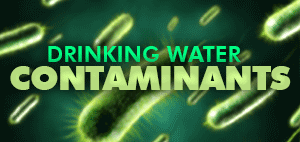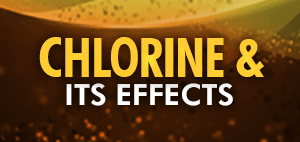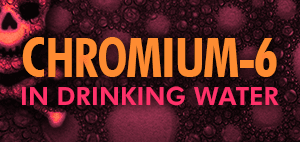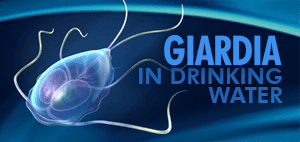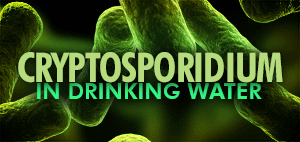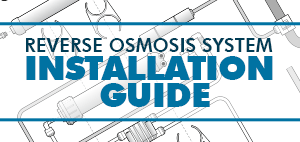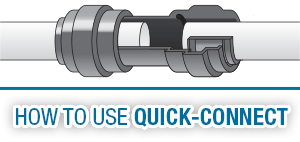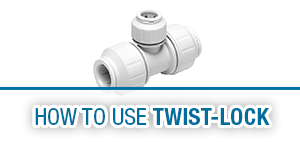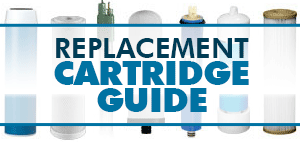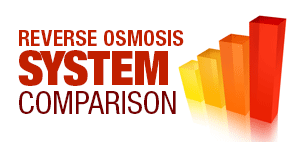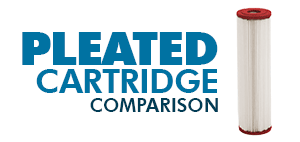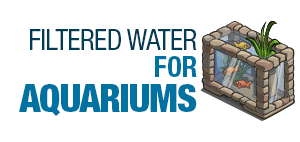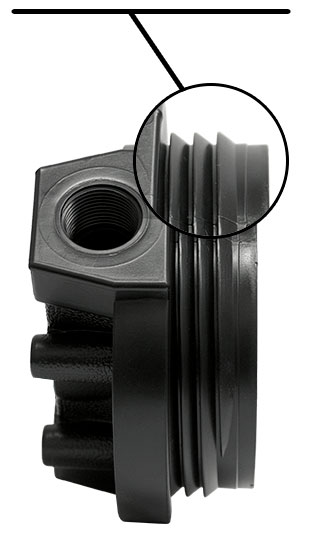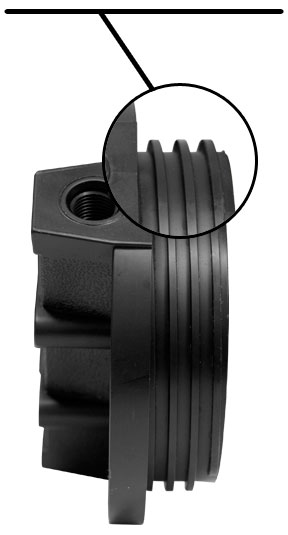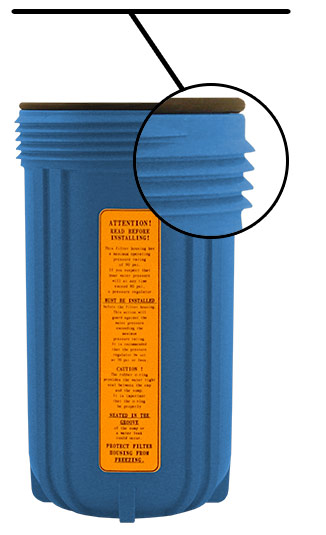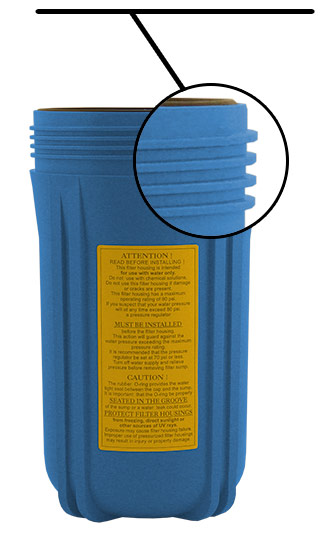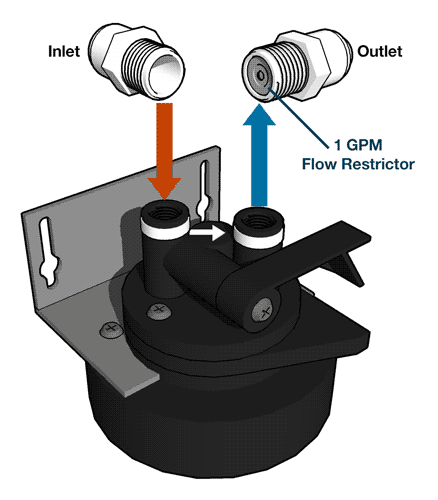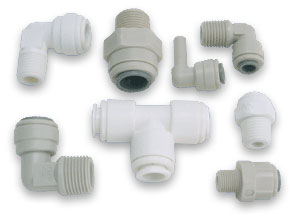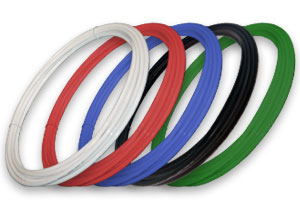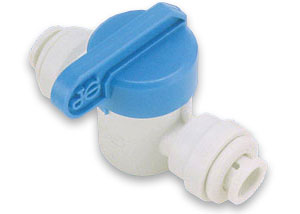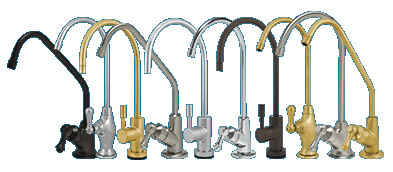What is Heterotrophic Bacteria?
Heterotrophs are a group of microorganisms (yeast, moulds & bacteria) that use organic carbon as food (as opposed to autotrophs like algae that use sunlight) and are found in every type of water. Detecting heterotrophs in water is done by using a method called Heterotrophic Plate Count (HPC). HPC, also known as Standard Plate Count) is used to measure bacteriological quality or drinking water in public and private water systems.
Heterotrophic bacteria also has practical uses in dealing with other types of contaminants. In aquariums they can be used to break down organic sludge that can build up in the water.
How to Test for Heterotrophic Bacteria in My Water?
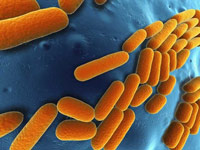
National Primary Drinking Water Regulations established by the U.S. EPA states “lower concentration of heterotrophic bacteria in the drinking water is linked to a better maintenance of the treatment and distribution systems.”
Heterotrophic bacteria present in water poses no health risks to humans but a high HPC count is an indicator for ideal conditions for the growth of bacteria. This can be a breeding ground for more dangerous bacteria, such as Legionella or E. Coli, cause foul-tasting water, lead to corrosion or slime growth in pipes.
How To Remove Heterotrophic Bacteria From Your Drinking Water?
There are multiple ways to disinfect drinking water. These are ultraviolet disinfection, continuous chlorination, shock chlorination, and distillation. Ultraviolet (UV) disinfection uses natural short-wavelength light to damage the DNA in microbes, preventing them from reproducing. Continuous chlorination disinfects using chlorine, however it will add a taste and odor to the water, not to mention trihalomethanes (THMs) can form when the chlorine interacts with organic matter present in the water. Shock chlorination uses chlorine as well, however this is a temporary solution. Distillation is the method of boiling water until it turns into steam, then re-condensing the steam back into water which kills any organism in the process. However distillation requires a lot of energy and time when compared with other purification methods.
Activated carbon is another method of reducing Heterotrophic bacteria. Activated carbon adsorbs dissolved organics, which heterotrophs use as food, essentially starving them.
Ultraviolet Systems Ceramic Filter Cartridges & Candles
NSF 55 Certified
From NSF.org
NSF/ANSI Standard 55: Ultraviolet Microbiological Water Treatment Systems
Overview: This standard establishes requirements for point-of-use (POU) and point-of-entry (POE) ultraviolet systems and includes two optional classifications. Class A systems (40,000 uwsec/cm2) are designed to disinfect and/or remove microorganisms from contaminated water, including bacteria and viruses, to a safe level. Class B systems (16,000 uw-sec/cm2) are designed for supplemental bactericidal treatment of public drinking water or other drinking water, which has been deemed acceptable by a local health agency.
Sources of Information on Heterotrophic Bacteria
- Wikipedia – Heterotroph
- EPA – Drinking Water Contaminants: Microorganisms
- WHO – Heterotrophic plate counts and drinking-water [ Requires Acrobat ]
The foregoing information was compiled from the the links listed above.






